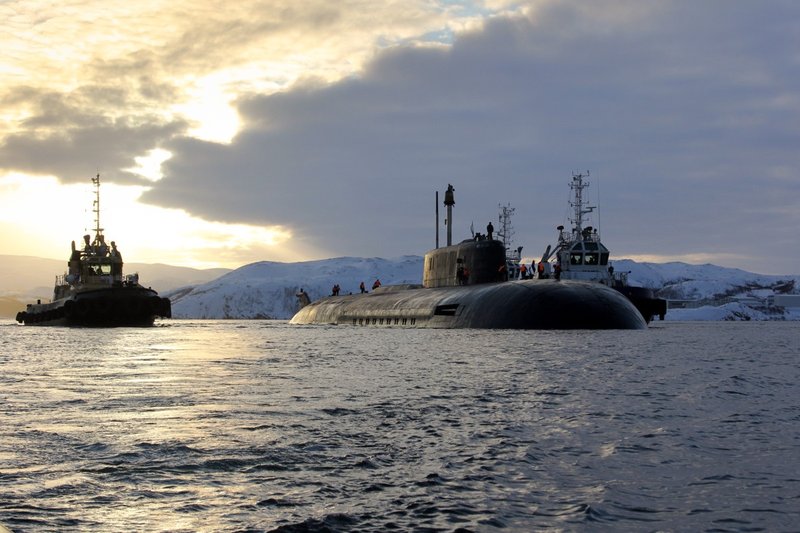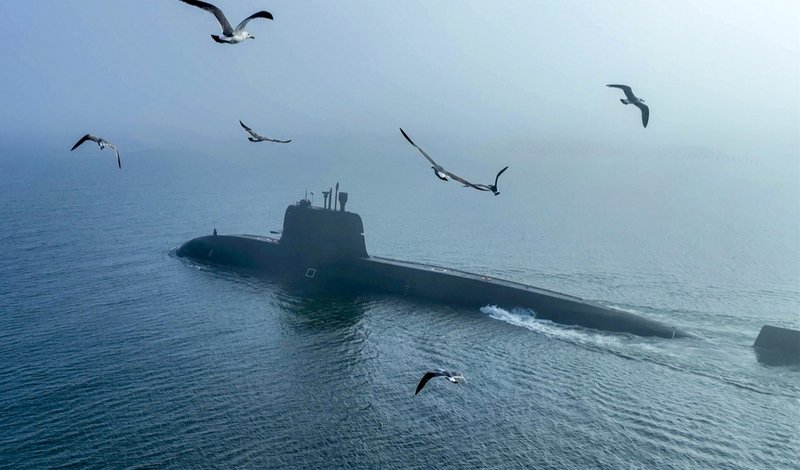Arctic ambitions – why the West should keep a close eye on Chinese activity
Over the past three years, the war in Ukraine and rising tensions in the South China Sea (SCS) have largely eclipsed the security dynamics of the Arctic. Yet the High North continues to see significant military activity, including from an unlikely player – China.
For a time during the mid-2010s, both general and defence media could not seem to publish enough articles about rising tensions in the Arctic and the alleged end of Arctic exceptionalism – the notion that, despite potential competition over resources, countries in the region have always succeeded in resolving tensions peacefully... Continues below
Newsletter Sponsor:

Above: Russian naval forces, despite impressions to the contrary, are still highly active in the Arctic. Will they soon be joined by their Chinese counterparts? (Photo: MoD of the Russian Federation)
Then Russia – perceived by many as one of the biggest security threats in the region – invaded Ukraine and, in the process, seemingly moved a lot of resources from the Arctic down to the Black Sea. With Moscow’s military resources expended or tied down in Ukraine, and its relations frozen with other Arctic Council members – even as it was chairing the organisation from 2021 to 2023 – world media attention moved away from the High North.
So is nothing happening there? The reality, as usual, is complex. This is not simply because Russia is, in fact, still very active in the region – as CSIS’s Arctic Military Activity Tracker shows – but also because China is slowly emerging as another unknown variable in the security framework.
Perhaps the clearest proof of this is Dr Sarah Kirchberger’s testimony before the US-China Economic and Security Review Commission in April 2023.

Schiebel – leading the unmanned evolution
Head of Asia-Pacific strategy and security in the Institute for Security Policy at Kiel University (ISPK), and an internationally recognised expert on China, Kirchberger told the commission: ‘That China is in principle interested in an Arctic basing strategy of its own is indicated by several relatively recent technical journal articles dealing explicitly with the challenges of designing submarine hulls for operations in Arctic and ice-covered waters.’
Her testimony went on to provide proof that China is closely cooperating with Russia on a number of dual-use research activities – notably hydrographics and the development of sensitive undersea sensor technology. Both these areas are, as most naval experts will be aware, central to anti-submarine warfare (ASW) and seabed warfare.
However, whether this would indicate a strengthening of geostrategic ties between the two countries, and consequently a new regional bloc against the West, remains to be seen.
Multiple regional sources argue that the Sino-Russian relationship is a particularly opportunistic one and may be ephemerally based on what each partner can bring to the table at a given time. Should Russia choose to cease co-financing research, for instance, Beijing is likely to turn elsewhere.

Above: China is known to be conducting research into ice-capable submarine hulls, hinting that it plans to establish Arctic bases. (Photo: China Military)
Similarly, Russia is not counting on China alone to expand its version of Arctic cooperation. Last year, Moscow made a move to invite other BRICS countries – ie Brazil and India – to contribute to the establishment of an Arctic science station at Pyramiden, in Norway’s Svalbard archipelago.
What is certain, however, is that China has strong views about the Arctic’s importance in its commercial and military strategy, and while the world is looking at what it is doing in the SCS it is slowly working toward its goals elsewhere. In a geostrategic game of misdirection, NATO and its allies would do well to keep an eye on Chinese actions – military or otherwise – in the frozen north.
Other articles in this newsletter:
How many ship classes is enough? Pursuing the holy grail of the ‘balanced fleet’
Waiting for the next big thing – tracking naval innovation
Don't want to miss out on future Decisive Edge content? Make sure you are signed up to our email newsletters.











